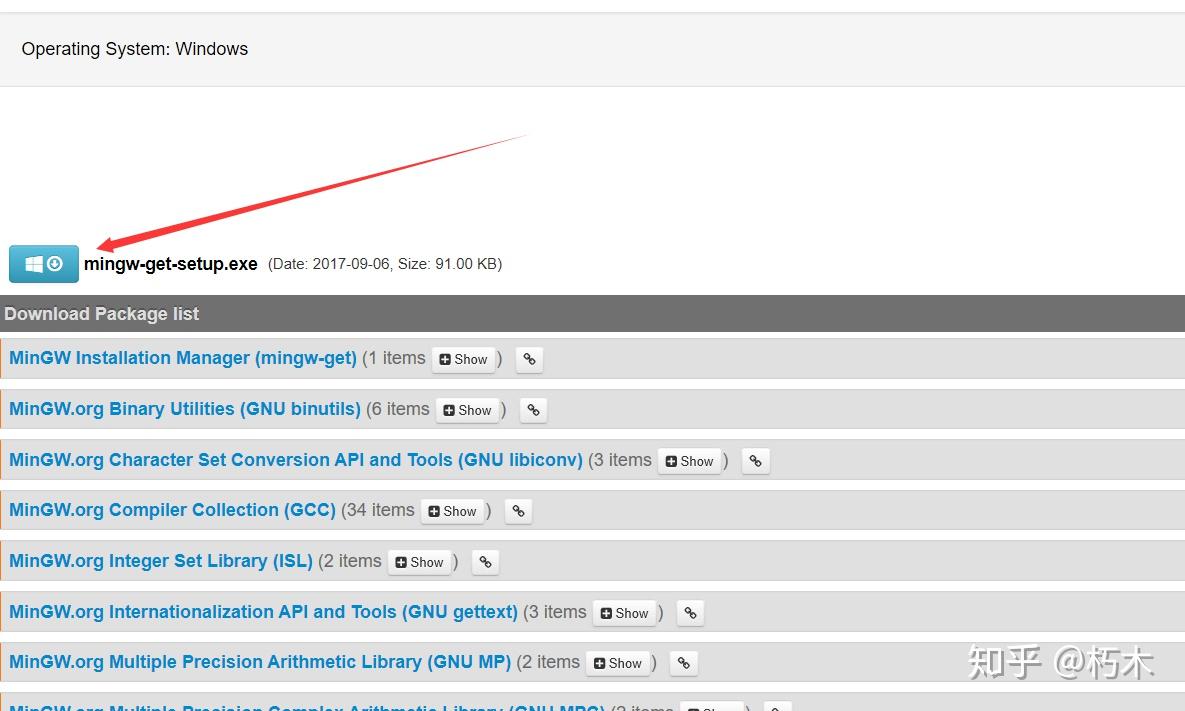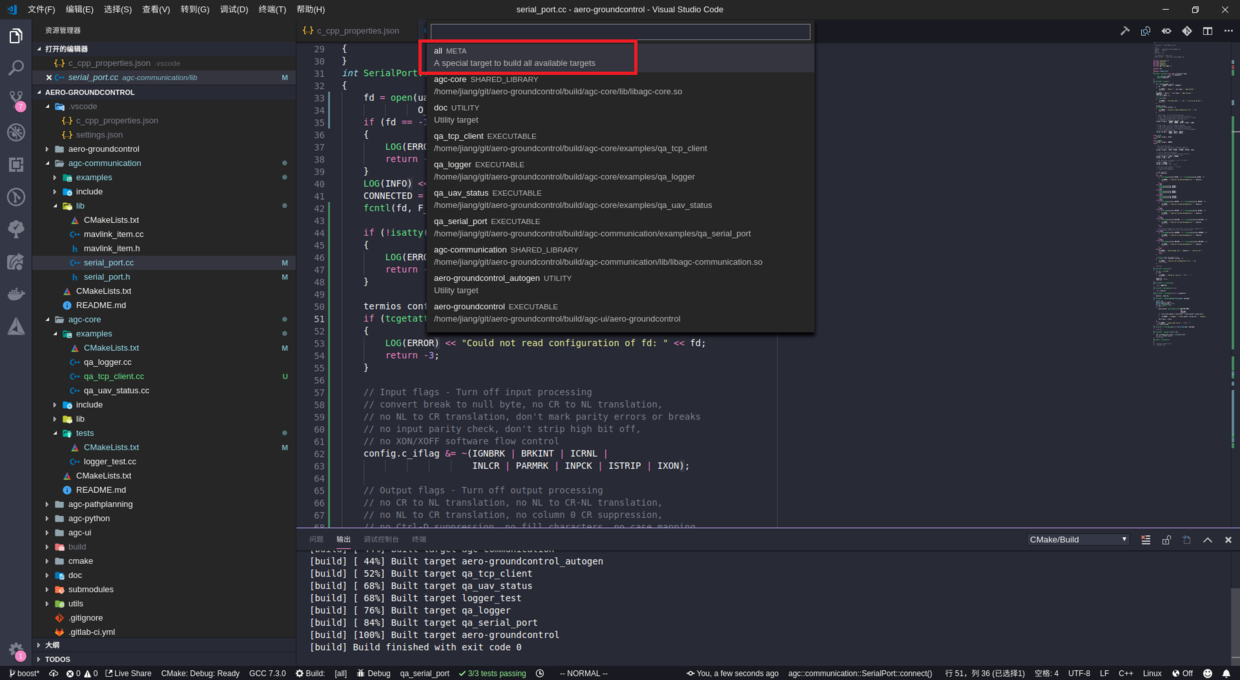

Meaning you can write your own custom make targets if you want. One last thing to mention is that although Makefile.in is special in that it contains all of these primaries, it’s still a regular Makefile. There are many more that you will find once you start using Autotools and figure out what your needs are. Other examples of primaries are _SCRIPTS, which you can use when you want a script, rather than a binary to be installed somewhere, and _DATA, when you have extra data files you want included in your installation. You may notice we didn’t define a bindir variable, because that variable is built into automake and is typically the default binary directory of your system.
CMAKE VS MAKE INSTALL INSTALL
In this case, you’re telling automake to install the helloworld binary in the path defined by the bindir.

This primary gives automake some knowledge about your program, like where you want the produced binary to be installed. An example of such a primary is bin_PROGRAMS = helloworld, where the primary is the _PROGRAMS suffix. Automake is the component you’ll use to create the Makefile, a template that can then be populated with autoconf.Īutomake does so using variables and primaries. The principles behind this are the same as with configure.ac: write a simple script in order to create a complex file. The Makefile.am script creates Makefile.in.

The purpose of autoconf is to collect information from your system to populate the Makefile.in template, which is created using automake. Once you’ve written your script, you run it through autoconf to create your final configure script. The way it works is that you create a configure.ac script in which you define various settings like release name, version, which compiler to use, and where it should output files. m4sh provides some macros you can use when creating your configure.ac script and are part of why you can generate a massive configure script without having to write too much actual code. If you’ve heard of this before, then great! If you haven’t, no worries. AutoconfĪutoconf is written in M4sh, using m4 macros. Luckily, you don’t have to write them yourself-instead you’ll be writing the files configure.ac and Makefile.am, which will automatically generate the files you need. These files are present in any project shipped using Autotools and are usually quite large and complex.

Using these tools, you will create two files, configure and Makefile.in. Components of AutotoolsĪutotools is made up of three unique components:
CMAKE VS MAKE INSTALL HOW TO
In this article, you will learn how to use Autotools to package up an application and ship it. While there are alternatives, such as CMake, SCons, and BJam, they don’t quite match Autotools in ease of use, power, and versatility.Īt its base, Autotools can help make your application more portable, give it the versatility to be installed on many different systems, and can automatically procure scripts to check where elements are, like the compiler for your program.
CMAKE VS MAKE INSTALL SOFTWARE
If you’re interested in a different approach to building and packaging software then check us out.Īutotools is one of the most widely adopted code packaging and shipping tools available to developers on Linux. This article is about autotools and make. We make building software simpler and therefore faster using containerization.


 0 kommentar(er)
0 kommentar(er)
